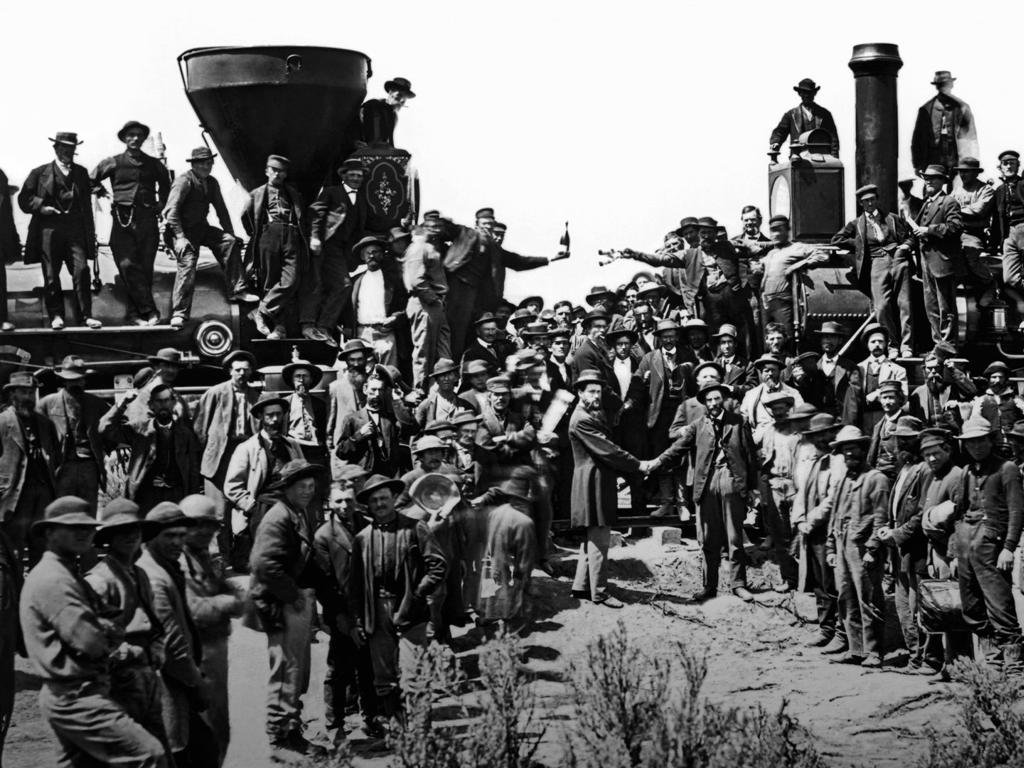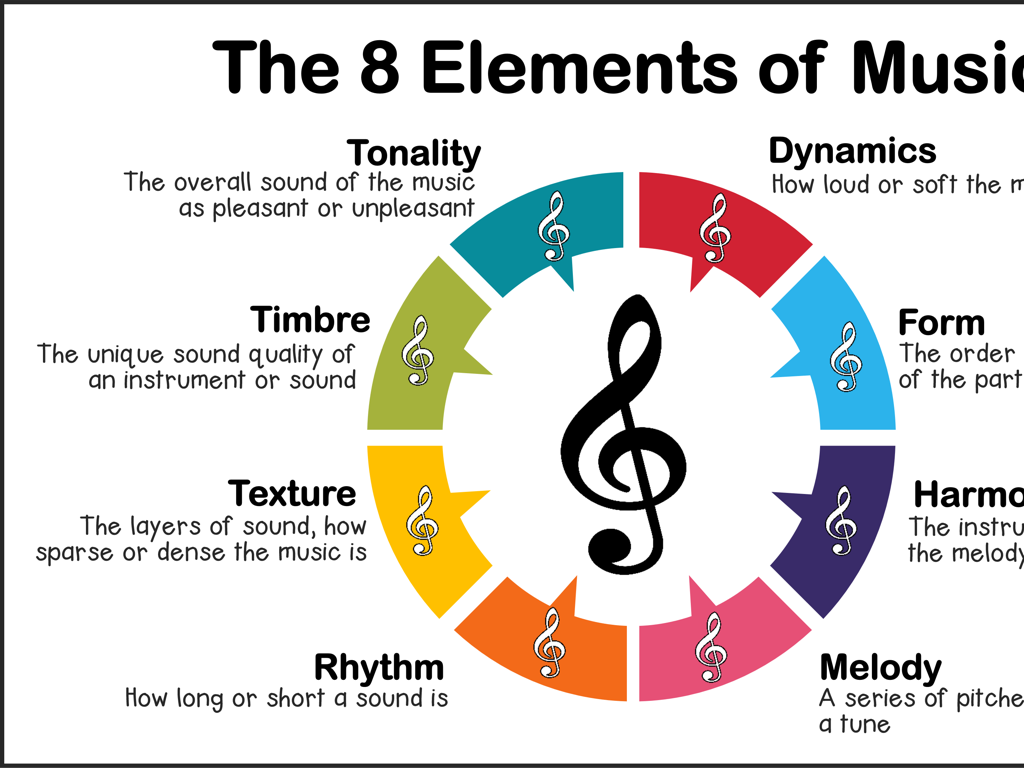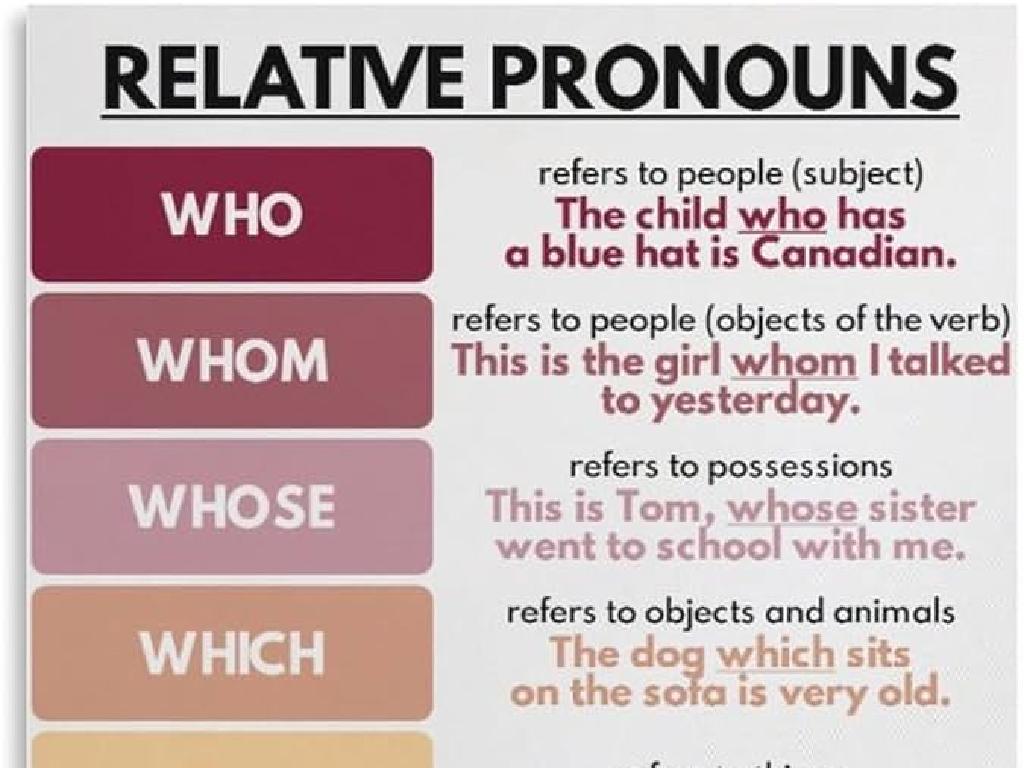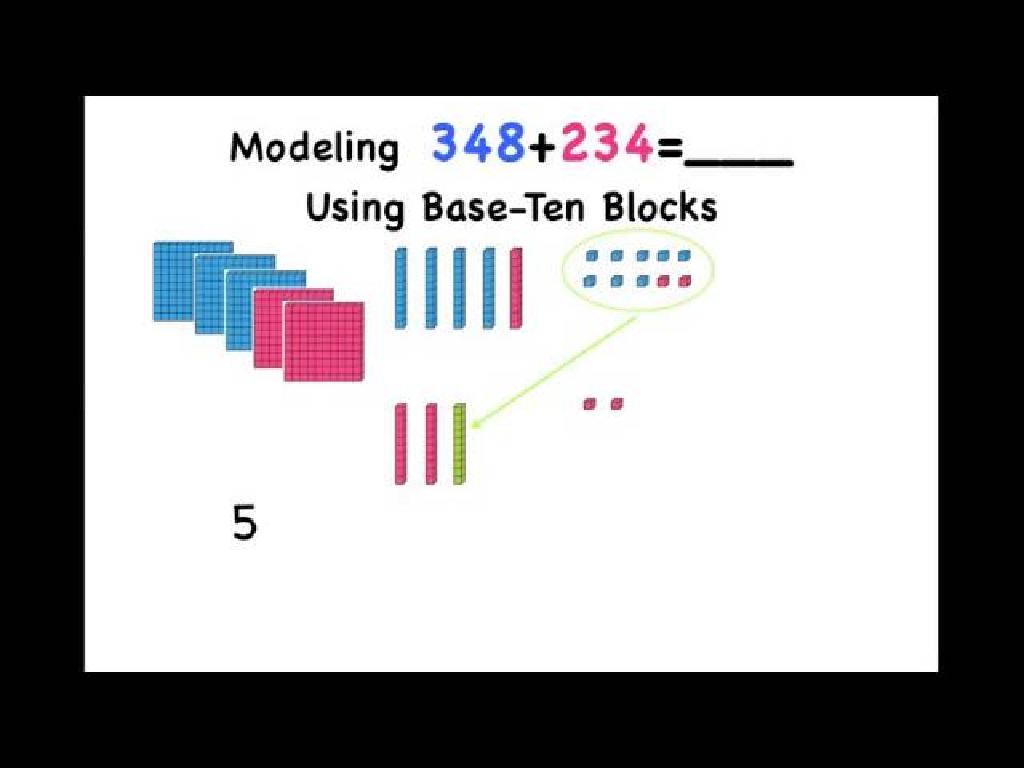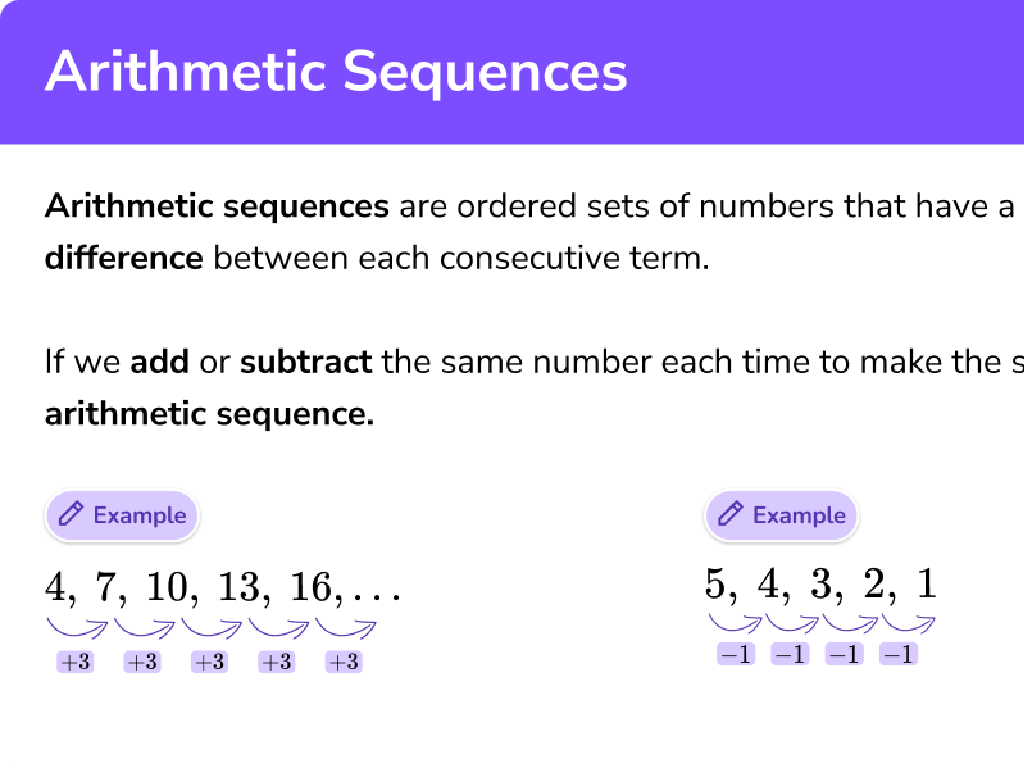Choose The Letter That You Hear: Uppercase
Subject: Language arts
Grade: First grade
Topic: Letter Identification
Please LOG IN to download the presentation. Access is available to registered users only.
View More Content
Letter Identification: Uppercase Adventure
– Exciting letter game ahead!
– Listen carefully to letter sounds
– Sounds like ‘A’ for ‘Apple’
– Match sounds to uppercase letters
– Is it ‘A’, ‘B’, or ‘C’? Choose the correct one
– Prepare to be letter detectives!
|
This slide introduces a playful activity designed to help first graders recognize and identify uppercase letters by their sounds. The game will involve listening to the pronunciation of letter sounds and then selecting the corresponding uppercase letter. Encourage the students to focus on the sound each letter makes and to find the uppercase letter that matches the sound. As ‘letter detectives,’ they will practice their listening skills and reinforce their knowledge of the alphabet. For the activity, prepare a set of audio clips with letter sounds and have a visual display of uppercase letters for students to choose from. You can make the activity more engaging by using props or a themed setup to simulate a detective’s environment.
Exploring Uppercase Letters
– What are uppercase letters?
– They’re big letters, also known as capital letters.
– When do we use uppercase letters?
– At the start of sentences and for names like ‘Sally’ or ‘New York’.
– Spot uppercase letters in class
– Look around the room for uppercase letters on posters, books, and labels.
– Practice recognizing uppercase
|
This slide introduces first graders to the concept of uppercase letters, emphasizing their size and significance. Begin by explaining that uppercase letters are the larger versions of letters they already know and are also called capital letters. Highlight the specific uses of uppercase letters, such as starting sentences and naming people or places. Engage the students by asking them to find uppercase letters in the classroom environment, which could be on posters, book covers, or labels. This activity will help them recognize uppercase letters in different contexts. Encourage them to practice writing uppercase letters and to always remember to use them at the beginning of sentences and for proper nouns.
Listening to Letter Sounds
– Each letter has a unique sound
– Match sounds to the right letter
– Example: /b/ sound is for B
– Like hearing ‘buh’ for B
– Practice with different letters
– Try with letters like C, T, and P
|
This slide introduces the concept of phonemic awareness, where students learn to identify letters by their sounds. Start by explaining that every letter has its own sound. Play the sounds of different letters and have students guess the corresponding uppercase letter. Use clear examples, such as the sound /b/ for the letter B, and ensure to articulate the sound distinctly. Encourage students to practice with various letters and sounds. This activity will help them in reading and writing by strengthening their ability to connect sounds to letters. For the activity, consider using audio clips of letter sounds and have a set of uppercase letters for students to choose from as they listen.
Matching Sounds to Uppercase Letters
– Listen to the letter sound
– Find the uppercase letter
– Remember, big letters only!
– Example: Sound /m/ for M!
– When you hear /m/, show the big letter M!
|
This slide is for an interactive class activity where students will practice identifying uppercase letters by their sounds. Start by explaining that uppercase letters are the big versions of the letters. Make the sound of a letter clearly and ask the students to hold up or point to the corresponding uppercase letter. For example, when you make the /m/ sound, students should identify the uppercase letter ‘M’. This activity helps students associate sounds with visual representations of letters, reinforcing their understanding of the alphabet. Prepare a list of letter sounds to go through and consider having props or flashcards with uppercase letters for students to hold up. Encourage participation and gently correct any mistakes, ensuring a positive learning environment.
Practice Time: Listening for Letters!
– Listen to the sound carefully
– Think of the uppercase letter
– Write down the letter you hear
Use your best handwriting to write the letter big and clear.
– Get ready to share your letter
We’ll see if your letter matches the sound!
|
This slide is for a listening activity where students will practice identifying uppercase letters by sound. Play a sound for the students and ask them to write down the corresponding uppercase letter. Make sure to articulate the sound clearly and give them enough time to think and write. After they have written the letter, go around the room and have students share what they wrote. This will help reinforce their understanding of the relationship between sounds and letters. Possible variations of the activity could include showing a picture that starts with the target letter, giving a word example, or playing a sound and having them find the letter on a letter chart.
Let’s Review: Letter Sounds
– Celebrate your practice success!
– Review letters and sounds
– What’s the sound for ‘T’?
– The sound for ‘T’ is ‘tuh’, like in ‘top’.
– Share the sound with the class
– When you know it, say it out loud!
|
This slide is meant to recap what the students have learned during the lesson. Start by acknowledging their hard work in practicing the letter sounds. Then, go through the letters and sounds that were covered in the lesson, asking the students to recall the sounds associated with each letter. When you ask about the letter ‘T’, give them a moment to think and then encourage them to say the sound ‘tuh’ out loud. This reinforces their learning and helps with their speaking skills. Make sure to provide positive feedback to boost their confidence. For students who struggle, gently correct them and provide the right sound, using words they know as examples.
Class Activity: Uppercase Letter Hunt
– Let’s hunt for letters in the classroom!
– Find objects starting with uppercase letters
– Look for items like ‘B’ for ‘Book’
– Team up with a classmate
– Make a list of your letter discoveries
– Write down what you find, like ‘C’ for ‘Clock’
|
This activity is designed to reinforce the recognition of uppercase letters by associating them with familiar objects in the classroom environment. Students should work in pairs to encourage collaboration. As they find objects that correspond with the uppercase letters they’ve learned, they should write them down, which will also help with their writing skills. For example, they might find a ‘Book’ for ‘B’ or a ‘Clock’ for ‘C’. Provide a list of uppercase letters to guide them. Possible variations of the activity could include finding items in a picture book, magazine, or even drawing items that start with each letter. This activity will help students connect the abstract concept of letters with tangible items, enhancing their memory and understanding of the alphabet.
Great Work, Letter Detectives!
– Excellent detective work today!
– Keep spotting uppercase letters
– Look for uppercase letters in books, signs, and labels
– Remember, letters are all around us
– Next lesson: lowercase letter adventure
– We’ll explore the small versions of the letters you know
|
Congratulate the students on their hard work during the lesson and encourage them to continue observing their environment for uppercase letters. Reinforce the concept that letters are not just in the classroom but are a part of everyday life. This will help them to better understand and recognize letters in different contexts. Prepare them for the upcoming lesson on lowercase letters by mentioning that they will be learning about the ‘small versions’ of the uppercase letters they already know. This sets the stage for continuity in learning and keeps them excited for what’s to come.

